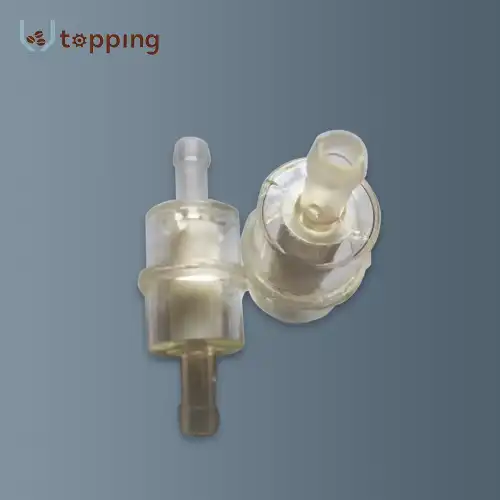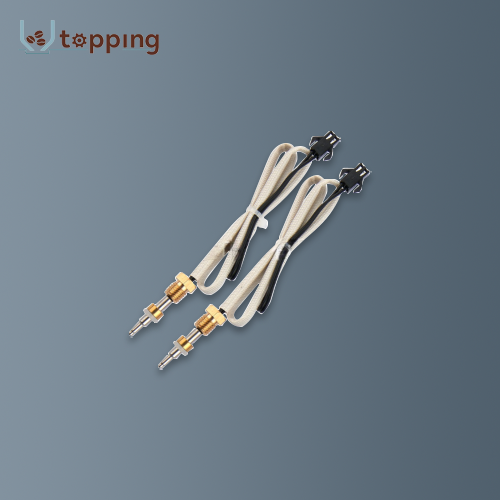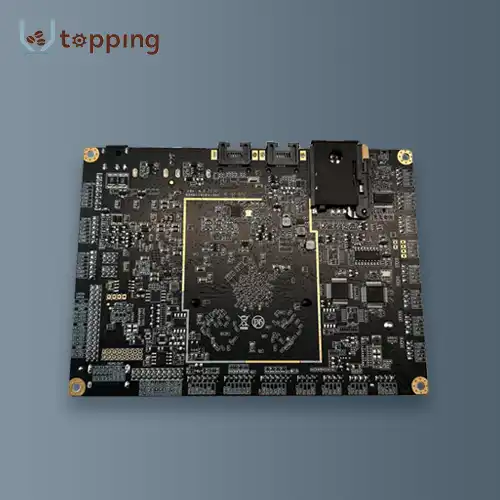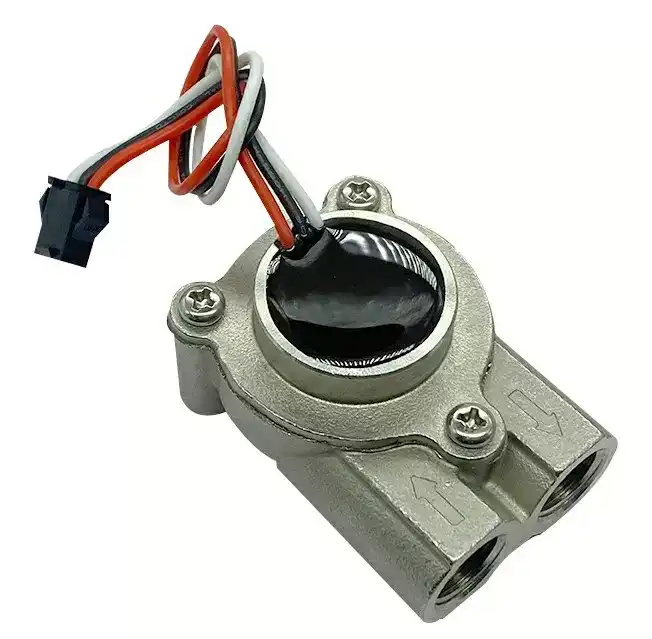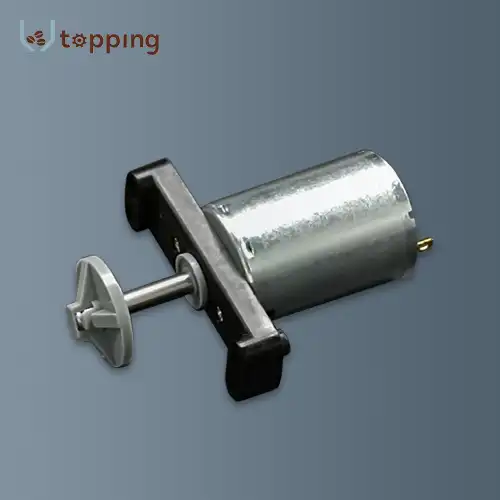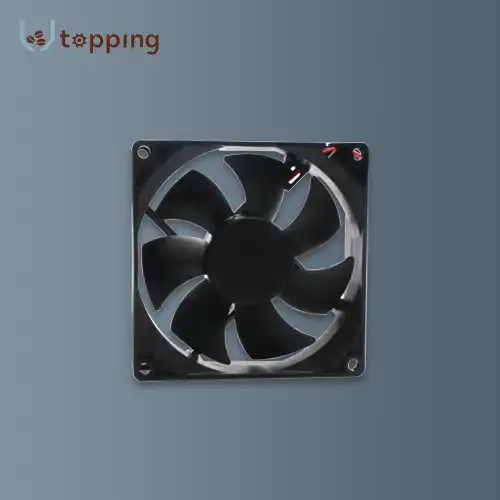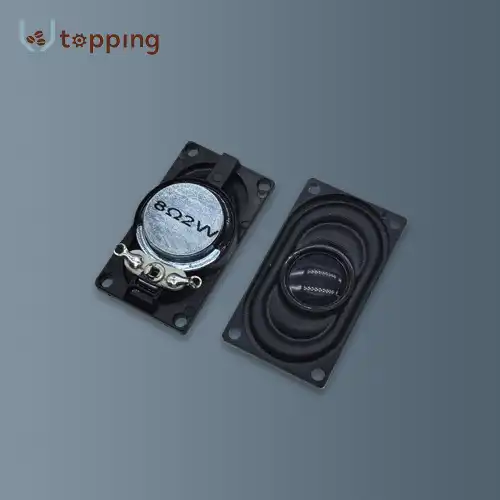How Often Should You Replace Coffee Vending Machine Spare Parts?
2024-07-09 16:09:00
Introduction
Coffee vending machines have revolutionized the accessibility of coffee in workplaces, public spaces, and other high-traffic areas. These machines simplify the process of coffee preparation, offering a quick and convenient solution for coffee enthusiasts. However, to ensure these machines continue to operate smoothly and efficiently, regular maintenance and timely replacement of spare parts are crucial. This blog explores the significance of replacing coffee vending machine spare parts, the indicators that replacement is necessary, and guidelines on the frequency of replacement based on industry standards and expert recommendations.
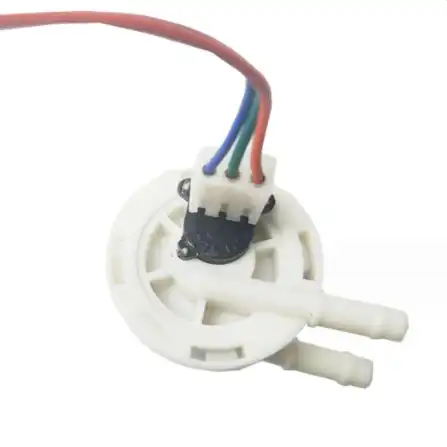
Why is Regular Replacement of Coffee Vending Machine Spare Parts Important?
Regular replacement of spare parts in coffee vending machines is essential to maintaining their functionality, reliability, and overall performance.
Rregular replacement of parts reduces the risk of unexpected breakdowns. Timely replacement of critical components such as heating elements and pumps prevents costly downtime and service interruptions. Replacing parts before they fail can extend the lifespan of coffee vending machines. By addressing wear and tear promptly, operators can avoid more extensive damage that may require expensive repairs or premature replacement of the entire machine.
Industry experts emphasize that certain parts, such as filters and seals, play a critical role in maintaining hygiene and beverage quality. Regular replacement prevents buildup of contaminants and ensures drinks remain flavorful and safe to consume. Some studies underline the importance of replacing parts to comply with safety regulations. Faulty components can pose hazards such as electrical malfunctions or contamination, compromising user safety and regulatory compliance. By replacing parts on schedule, operators can provide a consistently satisfying experience for customers. Reliable machines that dispense high-quality beverages contribute to customer satisfaction and loyalty.
Industry experts advise that regular part replacement may be stipulated in warranty or maintenance agreements. Adhering to these schedules ensures compliance with contractual obligations and maximizes support from manufacturers or service providers. Although regular replacement incurs upfront costs, it is more cost-effective than dealing with sudden breakdowns or extensive repairs. Planned maintenance helps control expenses and avoids emergency service charges. Newer parts often incorporate energy-efficient technologies. Regular upgrades can improve energy efficiency, reducing operating costs and environmental impact over time.
In conclusion, regular replacement of coffee vending machine spare parts is not just about maintaining equipment; it’s about ensuring consistent performance, enhancing longevity, and meeting safety and quality standards. By adhering to recommended maintenance practices and sourcing quality parts, operators can optimize their vending operations and provide superior beverage experiences for their customers.
What Are the Signs That Coffee Vending Machine Spare Parts Need Replacement?
Even with regular maintenance, coffee vending machine operators should be vigilant for signs that indicate the need for spare parts replacement. This section outlines common indicators of worn-out or faulty parts that require attention.
Decreased Water Flow: A noticeable decrease in water flow during brewing may indicate a clogged filter or a failing pump, necessitating replacement.
Decreased Beverage Quality: A noticeable decline in beverage quality, such as inconsistent taste or temperature, may indicate issues with components like brew units or dispensing valves. These coffee vending machine spare parts can affect the flavor and consistency of drinks over time.
Unusual Noises or Vibrations: Unusual sounds or vibrations during operation may indicate loose or worn-out parts such as bearings or motor components, necessitating immediate attention to prevent further damage.
Leaks or Drips: Leaks or drips from the machine, especially around dispensing areas or water reservoirs, suggest potential issues with seals, gaskets, or tubing. Addressing these leaks promptly prevents water damage and maintains hygiene.
Error Messages or Malfunctions: Recurring error messages on the machine’s display indicate underlying issues that may require part replacement. Common errors include sensor failures, temperature discrepancies, or jammed mechanisms.
Electrical Problems: Frequent tripping of circuit breakers or inconsistent power supply to the machine can indicate electrical component issues. Faulty wiring, capacitors, or control boards may require inspection and replacement.
Increased Energy Consumption: A sudden increase in power usage without changes in operation patterns could indicate inefficient components needing replacement, such as outdated motors or heating elements.
Wear and Tear: Visible wear and tear on visible parts like buttons, keypads, or exterior panels may not affect functionality but can impact user experience. Replacing these parts maintains the machine’s aesthetic appeal and user interface functionality.
Reduced Efficiency: Some studies suggest tracking operational metrics such as sales volume per day or service calls per month. A decline in efficiency metrics may signal underlying issues with internal components that require inspection and replacement.
Manufacturer Recommendations: Following manufacturer guidelines for routine inspections and part replacements is essential. These guidelines help prevent premature failures and ensure compliance with warranty or maintenance agreements.
Recognizing these signs early allows operators to address issues promptly, minimizing the risk of extensive damage or complete machine failure. Conducting regular inspections and servicing as per manufacturer recommendations can help in identifying potential issues before they escalate, ensuring uninterrupted service and customer satisfaction.
How Often Should Different Coffee Vending Machine Spare Parts Be Replaced?
The frequency of spare parts replacement varies depending on factors such as machine usage, environmental conditions, and the quality of maintenance practices. This section provides guidelines on the recommended intervals for replacing key coffee vending machine spare parts to optimize machine performance and reliability.
Filters: Replace water filters every 3 to 6 months, or as recommended by the manufacturer, to maintain water quality and prevent clogging.
Brew Units: Inspect and replace brew units annually or after brewing a specified number of cups, typically ranging from 10,000 to 15,000 cups, to ensure consistent coffee extraction and flavor.
Seals and Gaskets: Replace seals and gaskets annually or as needed due to wear or damage, ensuring airtight seals and preventing leaks that can compromise machine performance.
Valves and Pumps: Replace valves and pumps based on manufacturer recommendations or when signs of decreased performance, such as inconsistent water flow or pressure, are observed.
Adhering to these replacement intervals helps in maintaining optimal machine performance and prolonging the lifespan of coffee vending machines. Operators should consult manufacturer guidelines and seek advice from qualified technicians to develop a customized maintenance schedule that meets the specific needs of their equipment and operational environment.
Conclusion
In conclusion, the regular replacement of coffee vending machine spare parts is essential for maximizing operational efficiency, ensuring consistent coffee quality, and prolonging equipment lifespan. By understanding the importance of timely replacements, recognizing signs that indicate the need for new parts, and adhering to recommended replacement intervals, operators can minimize downtime, reduce repair costs, and deliver a superior coffee experience to customers.
References
1. Coffee Machine Maintenance Guide, Specialty Coffee Association
2. Maintenance Tips for Coffee Vending Machines, Coffee Tec
3. Manufacturer's Maintenance Manuals and Guidelines
Send Inquiry
Related Industry Knowledge
- How to choose the right operating system for Control Board For Vending Machine?
- Inside a Vending: What are the Different Parts of a Machine?
- Why is Cleaning the Coffee Machine Mixer Essential for Taste Quality?
- Advantage of vending machine touch screen in business
- How to Fix Coffee Grinder Motor?
- What kind of motors do vending machines use?
- Is a built-in coffee grinder worth it?
- How Much Coffee Beans to Put in a Hopper?
- Do coffee machines have grinders?
- Do coffee vending machines need a Water Tank?

.webp)
